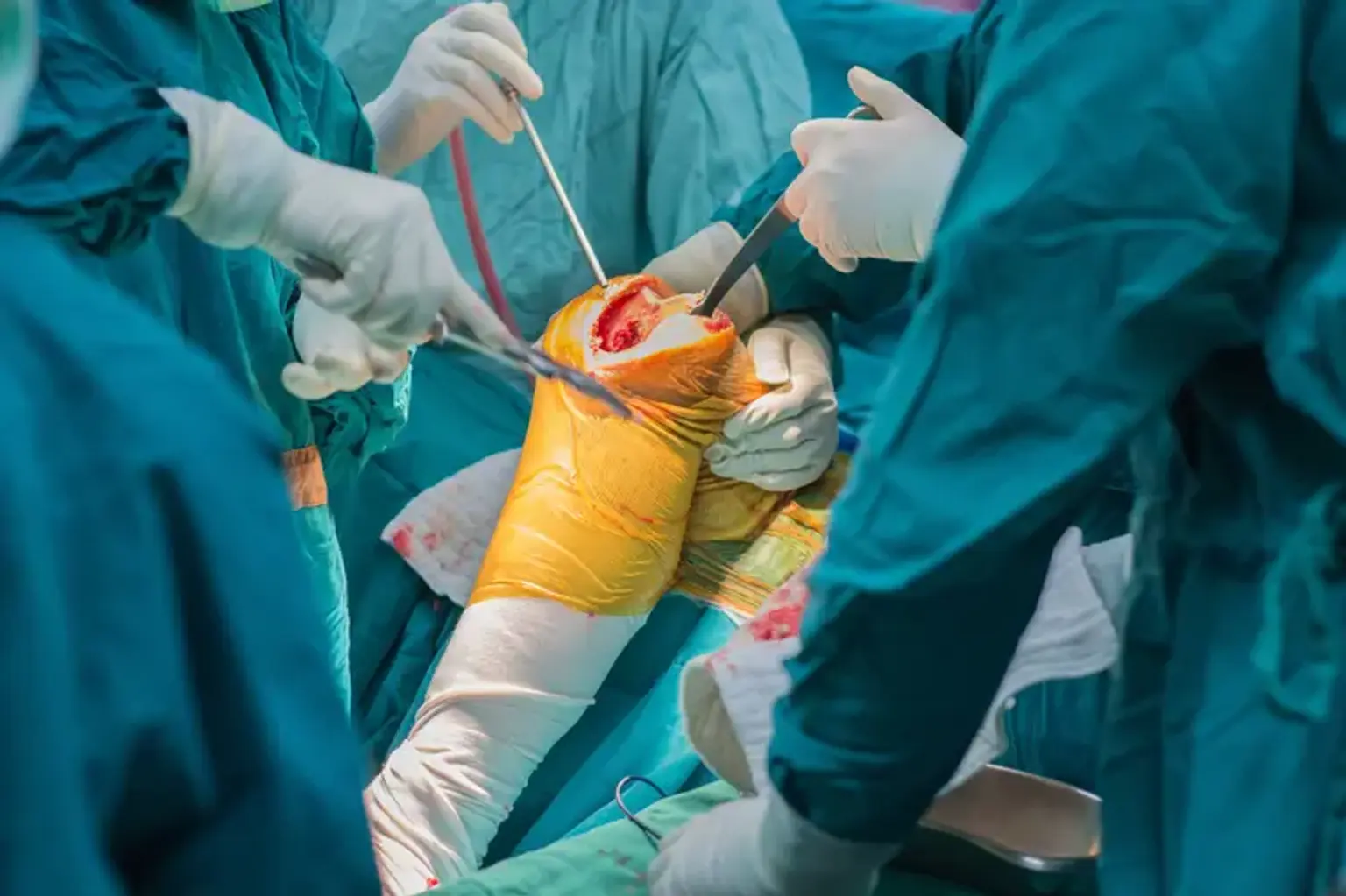Introduction
Knee osteotomy, or knee realignment surgery, is a procedure designed to treat knee pain caused by misalignment or arthritis. By reshaping the bones in the knee joint, osteotomy redistributes weight across the joint, which can relieve pain and improve function. This surgery is particularly beneficial for younger, active patients who want to avoid or delay a total knee replacement.
Unlike knee replacement, which removes and replaces the joint, osteotomy works by modifying the bones to restore alignment, making it an ideal option for patients who have knee arthritis limited to one side of the joint. This procedure helps preserve the knee’s natural structure and function, promoting better long-term mobility.
What is Knee Osteotomy?
Knee osteotomy is a surgical procedure that involves cutting and reshaping the bones around the knee joint, usually the tibia (shinbone) or femur (thighbone), to correct misalignment. The two main types of knee osteotomy are:
High Tibial Osteotomy (HTO): This procedure focuses on the tibia to treat a bow-legged (varus) deformity, where the knee is angled outward.
Distal Femoral Osteotomy (DFO): This is performed on the femur to correct a knock-knee (valgus) deformity, where the knees angle inward.
Both procedures aim to shift weight away from the damaged or arthritic part of the knee, reducing pain and improving functionality. Osteotomy is often recommended for people who are younger, more active, and wish to delay or avoid the need for total knee replacement.
